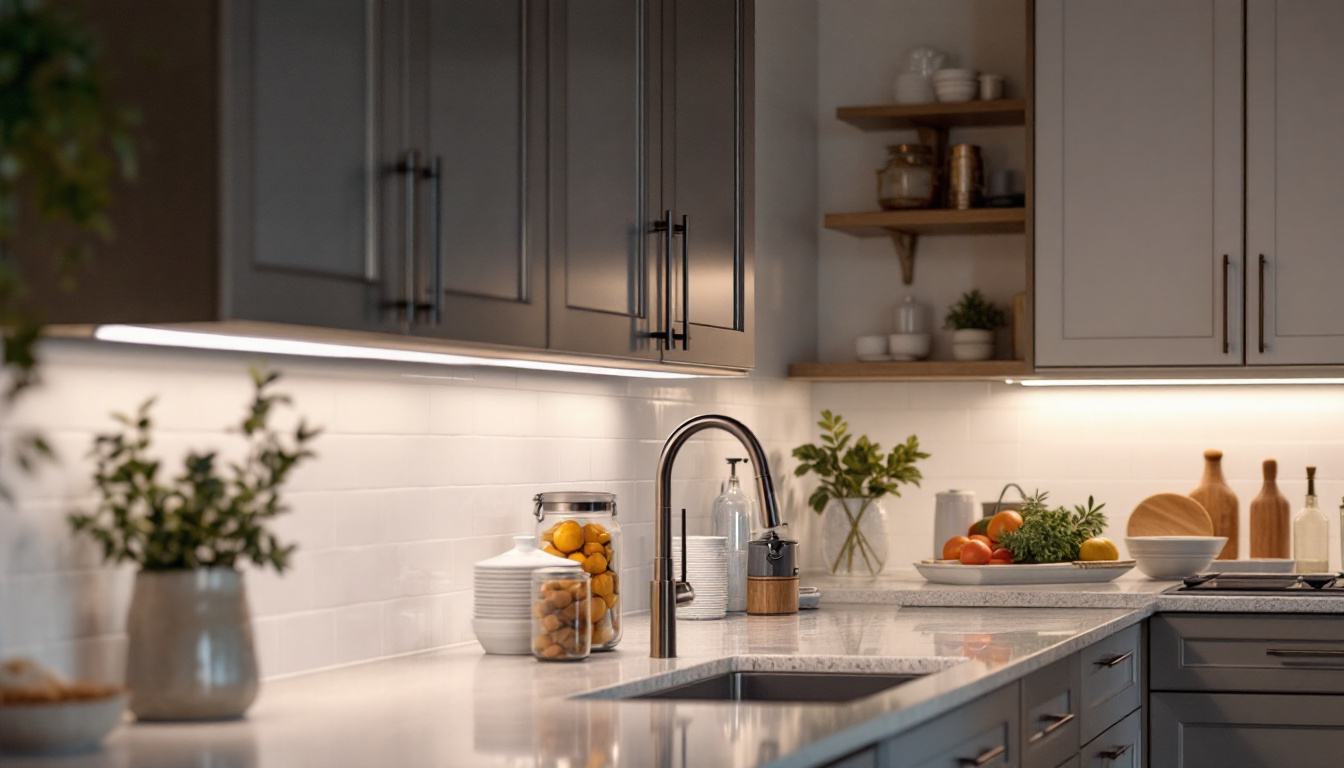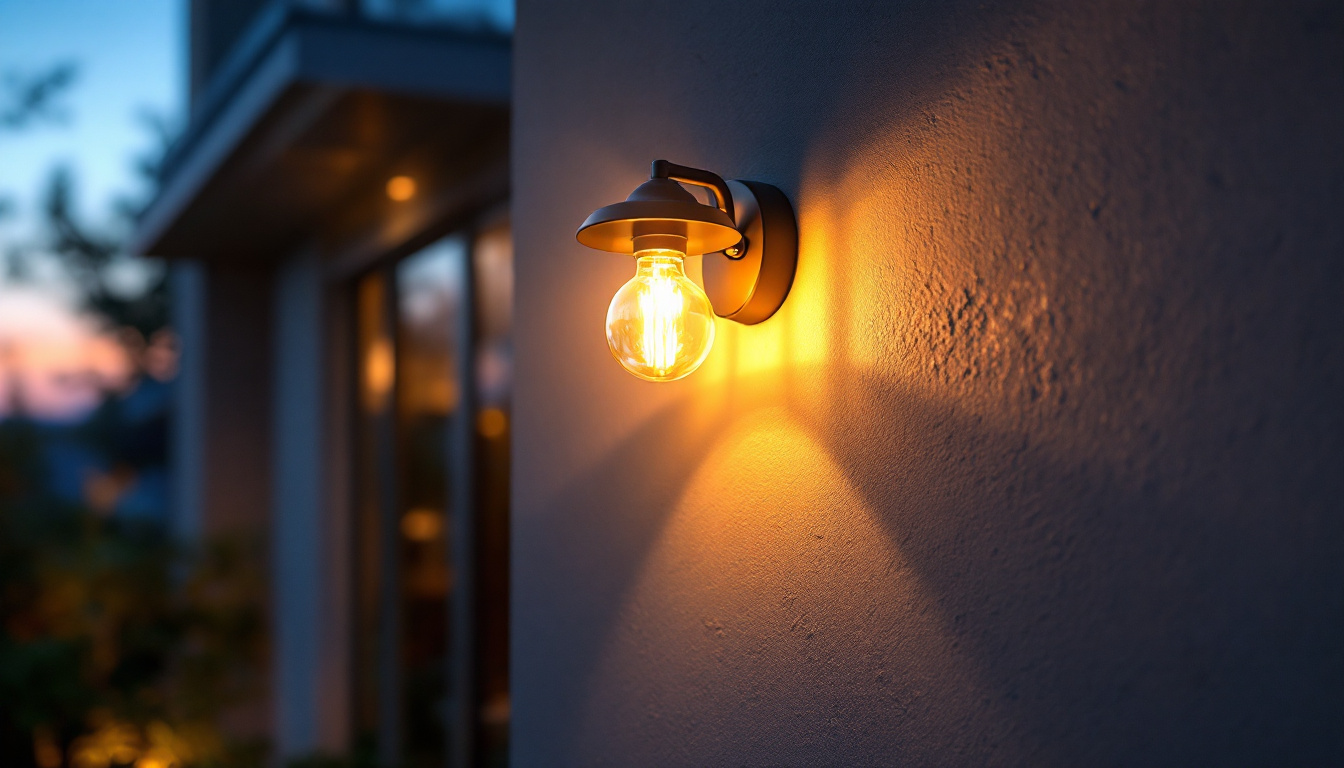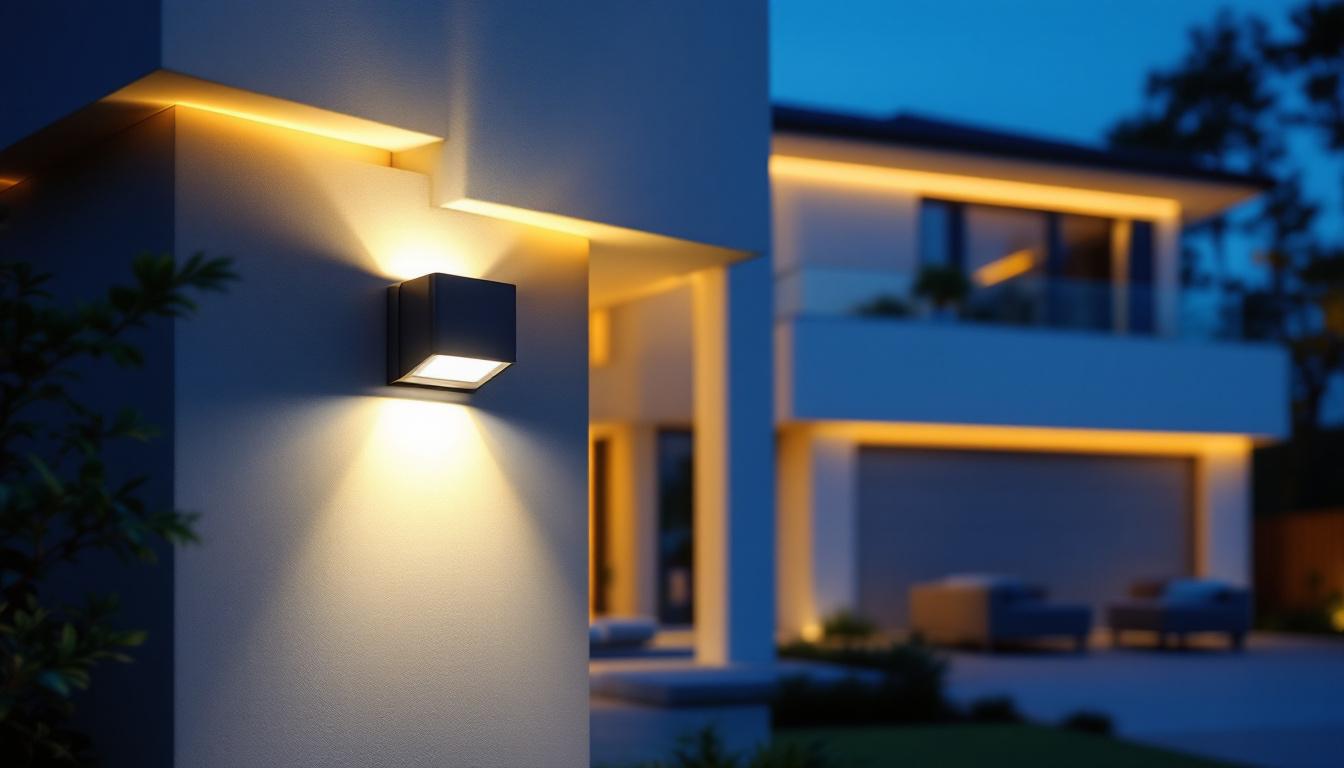
Under cabinet LED lighting has become increasingly popular in both residential and commercial spaces. This type of lighting not only enhances the aesthetic appeal of kitchens and workspaces but also provides functional illumination for tasks. As a lighting contractor, understanding the nuances of under cabinet LED systems is essential for compliance with regulations and ensuring customer satisfaction.
LED technology offers numerous advantages over traditional lighting options, including energy efficiency, longevity, and reduced heat output. However, with these benefits come specific compliance requirements that contractors must navigate to ensure safe and effective installations.
One of the primary benefits of under cabinet LED lighting is its energy efficiency. LEDs consume significantly less power than incandescent or fluorescent bulbs, leading to lower energy bills and a reduced carbon footprint. Additionally, the long lifespan of LED fixtures means less frequent replacements, which can save both time and money for homeowners and businesses alike.
Furthermore, under cabinet lighting provides targeted illumination, which is particularly beneficial in kitchen spaces where precision is required for cooking and food preparation. This focused lighting can help eliminate shadows, making tasks easier and safer. The ability to adjust brightness levels also allows users to create the perfect ambiance for various activities, from meal prep to entertaining guests.
There are several types of under cabinet LED fixtures available on the market. These include strip lights, puck lights, and linear fixtures. Each type has its unique applications and benefits, allowing contractors to offer tailored solutions to their clients.
Strip lights are flexible and can be cut to fit specific lengths, making them ideal for custom installations. Puck lights, on the other hand, provide a more concentrated beam of light and can be used to highlight specific areas or features, such as decorative tiles or artwork. Linear fixtures offer a sleek, modern look and are often used in contemporary designs, seamlessly integrating into the cabinetry for a clean aesthetic. Additionally, many of these fixtures come with built-in dimming options and color temperature adjustments, giving homeowners the ability to customize their lighting experience to suit their mood and needs.
Moreover, the installation of under cabinet LED lighting can significantly enhance the overall functionality of a space. For instance, in a home office, these lights can illuminate work surfaces, reducing eye strain during long hours of work. In retail environments, they can highlight products, drawing customers’ attention and enhancing the shopping experience. The versatility of under cabinet LED lighting makes it a valuable addition to any design project, catering to both practical needs and aesthetic desires.
Compliance with local, state, and federal regulations is a critical aspect of any lighting installation project. For under cabinet LED lighting, contractors must be aware of various codes and standards that govern electrical installations, energy efficiency, and safety.
Failure to comply with these regulations can lead to safety hazards, increased liability, and potential fines. Therefore, it is essential for contractors to stay informed about the latest compliance requirements and best practices in the industry. Regular training sessions and workshops can help contractors keep their knowledge up-to-date, ensuring that they are well-equipped to navigate the complexities of compliance.
Electrical codes, such as the National Electrical Code (NEC), provide guidelines for safe electrical installations. These codes cover aspects such as wiring methods, grounding, and circuit protection. Contractors must ensure that their under cabinet LED installations meet these standards to guarantee safety and functionality.
Additionally, local building codes may impose further requirements specific to the region. It is crucial for contractors to familiarize themselves with these codes and ensure that all installations are compliant to avoid complications during inspections. Engaging with local building authorities can also provide valuable insights into any recent updates or changes in regulations that may affect their projects.
Energy efficiency is a significant focus in modern lighting design. Many regions have adopted standards that require lighting products to meet specific efficiency criteria. For under cabinet LED lighting, this often means adhering to guidelines set forth by organizations such as the Department of Energy (DOE) or the Energy Star program.
Contractors should be aware of the energy efficiency ratings of the products they choose to install. Selecting Energy Star-rated fixtures not only ensures compliance but also provides clients with the assurance that they are making an environmentally responsible choice. Furthermore, many utility companies offer incentives or rebates for energy-efficient installations, which can be an attractive selling point for clients looking to reduce their energy costs. By promoting these benefits, contractors can enhance their service offerings while contributing to a more sustainable future.
Proper installation of under cabinet LED lighting is essential for achieving optimal performance and compliance. Lighting contractors should follow best practices to ensure that installations are safe, efficient, and aesthetically pleasing.
Before installation, it is vital to plan the layout of the under cabinet lighting. This includes determining the placement of fixtures, the type of lighting needed, and the electrical requirements. A well-thought-out layout can enhance the functionality of the space and create a cohesive design.
Consideration should also be given to the height at which the fixtures will be installed. Proper height ensures that the light is directed where it is needed most, minimizing shadows and maximizing visibility. Additionally, the color temperature of the LEDs should be selected based on the intended use of the space; for example, warmer tones may create a cozy atmosphere in a kitchen, while cooler tones can provide a more focused and energetic ambiance in a workspace.
When installing under cabinet LED lighting, electrical considerations are paramount. Contractors must ensure that the wiring is adequate for the load and that circuits are properly protected with breakers or fuses. Additionally, it is essential to follow manufacturer guidelines for installation to maintain warranty coverage and ensure safety.
Using dimmers can also enhance the versatility of under cabinet lighting, allowing users to adjust the brightness according to their needs. However, it is crucial to ensure that the dimmers are compatible with LED technology to avoid flickering and other issues. Furthermore, incorporating smart lighting controls can elevate the user experience by enabling remote access and automation, allowing homeowners to set schedules or adjust lighting via smartphone apps, thus promoting energy efficiency and convenience.
While under cabinet LED installations can be straightforward, several common challenges may arise. Being prepared to address these challenges can help contractors deliver high-quality results and maintain client satisfaction.
One challenge with LED lighting is heat management. Although LEDs produce less heat than traditional bulbs, they can still generate heat that needs to be dissipated to maintain performance and longevity. Proper installation techniques, such as ensuring adequate airflow around fixtures, can help mitigate this issue.
Contractors should also be aware of the materials used in cabinets and countertops, as some materials may be more susceptible to heat damage. Using fixtures designed for under cabinet applications can help ensure that heat is managed effectively.
Another challenge is maintaining color temperature consistency across multiple fixtures. Variations in color temperature can create an uneven look, detracting from the overall aesthetic of the space. Contractors should select fixtures from the same manufacturer and product line to ensure consistency in color temperature.
Additionally, it is essential to communicate with clients about their preferences for color temperature, whether they prefer a warm, inviting glow or a cooler, more modern look. This understanding can guide the selection of fixtures and enhance client satisfaction.
The lighting industry is continually evolving, with new technologies and trends emerging regularly. Staying informed about these trends can help contractors remain competitive and offer cutting-edge solutions to their clients.
One of the most significant trends in lighting is the integration of smart technology. Smart under cabinet LED lighting allows users to control their lighting through apps or voice commands, providing convenience and flexibility. This technology can also enable features such as scheduling, dimming, and color changing, enhancing the user experience.
Contractors should consider offering smart lighting options to clients looking for modern solutions. Familiarity with smart technology and its installation requirements will be essential for contractors to meet this growing demand.
As sustainability becomes increasingly important, the demand for eco-friendly lighting solutions is on the rise. Contractors should be prepared to offer products that are not only energy-efficient but also made from sustainable materials. This includes fixtures that are recyclable or made from recycled materials.
Educating clients about the benefits of sustainable lighting can also enhance their overall experience. Providing options that align with their values can lead to increased satisfaction and loyalty.
Under cabinet LED lighting is an essential component of modern design, offering both aesthetic and functional benefits. For lighting contractors, understanding compliance requirements, installation best practices, and emerging trends is crucial for delivering high-quality installations that meet client needs.
By staying informed and adapting to changes in the industry, contractors can position themselves as trusted experts in under cabinet LED lighting. This not only enhances their reputation but also contributes to the overall success of their business.
As the demand for energy-efficient and stylish lighting solutions continues to grow, lighting contractors who prioritize compliance and quality will be well-equipped to thrive in this dynamic market.
Ready to elevate your lighting projects with the best in under cabinet LED solutions? Look no further than LumenWholesale, where we provide lighting contractors with top-tier, spec-grade lighting products at unbeatable wholesale prices. Our extensive selection is designed to meet the highest industry standards, ensuring you deliver reliable, high-performance lighting to every client. With LumenWholesale, you can enjoy the convenience of bulk buying without the hassle, complete with free shipping to maximize your value. Don’t let inflated markups affect your bottom line. Choose LumenWholesale for quality, affordability, and convenience. Wholesale Lighting at the Best Value is just a click away.

Explore the fascinating journey of industrial outdoor lights, tracing their evolution from basic illumination tools to innovative, energy-efficient solutions that redefine modern landscapes.

Discover how lighting contractors can harness the power of solar LED technology to revolutionize their projects.

Discover expert insights with our quick tips for selecting and installing LED outdoor wall lamps.

Discover how motion lights are revolutionizing home lighting design and installation.